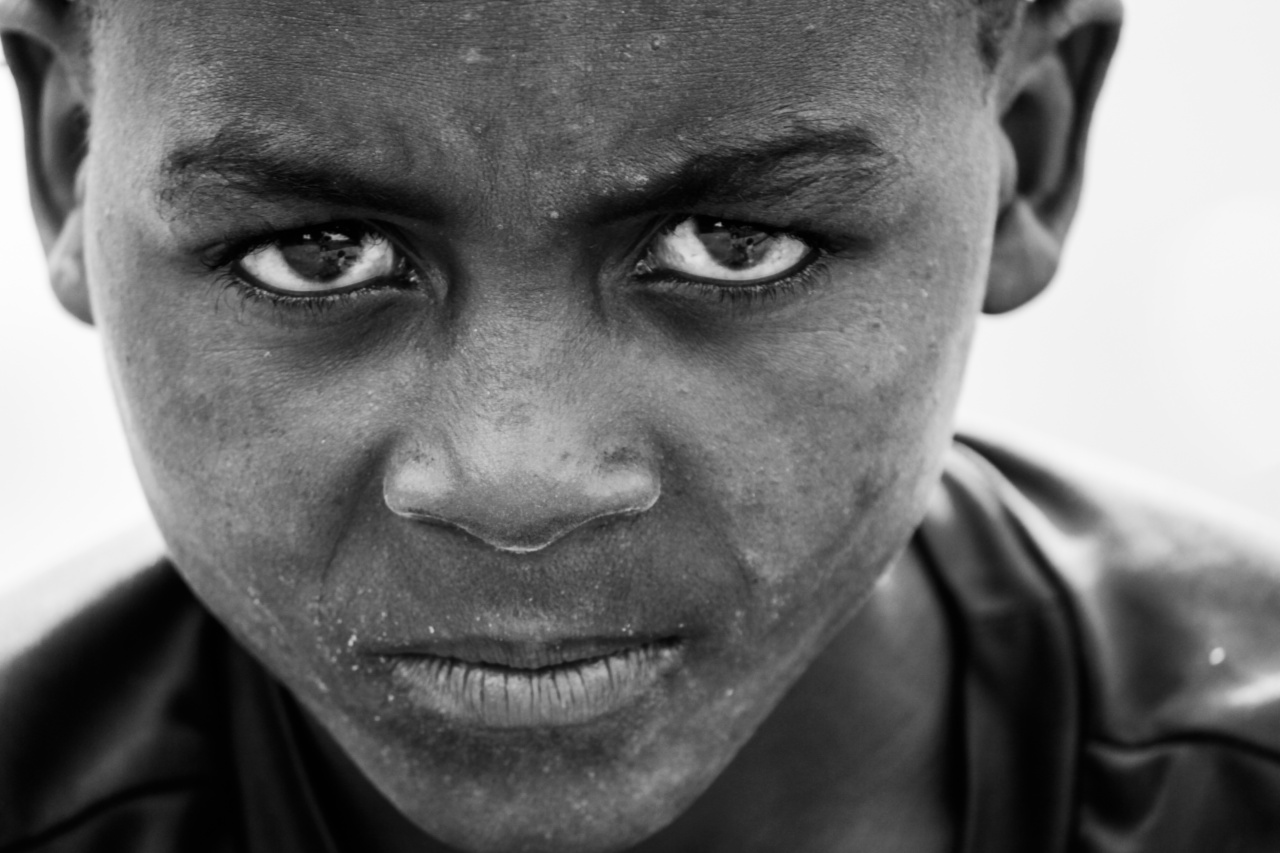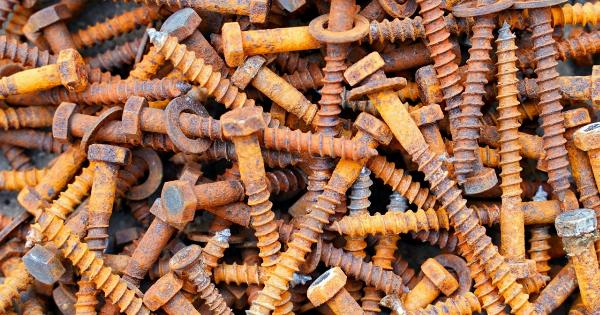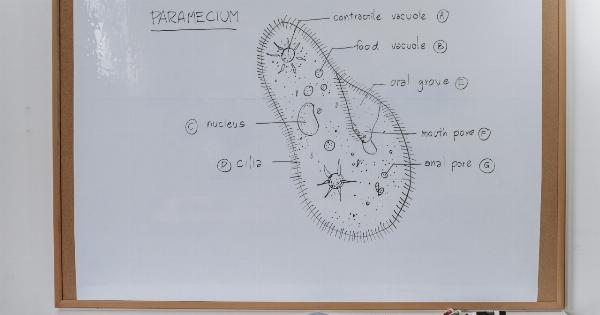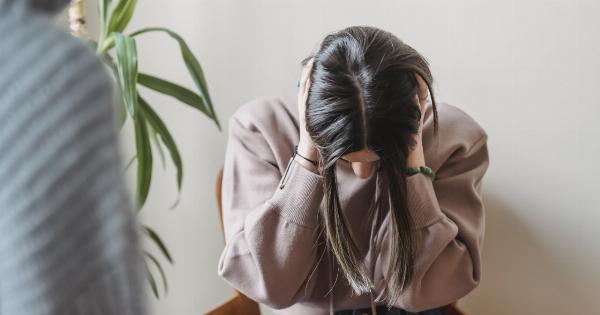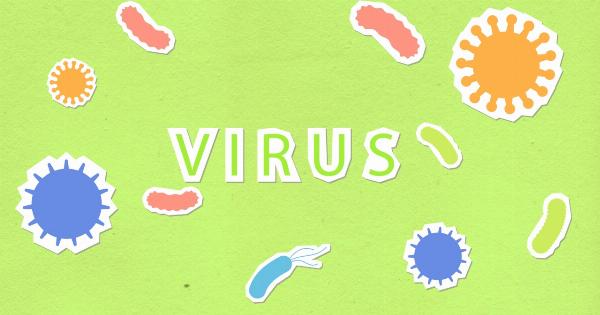Fifth disease, also known as erythema infectiosum, is a common childhood illness characterized by a distinctive rash. It is caused by the parvovirus B19 and is most common in children between the ages of 5 and 15.
While the symptoms of fifth disease are typically mild, it is important for parents to be able to recognize the signs and seek appropriate medical care for their child. In this article, we will discuss the symptoms and signs of fifth disease that you should look for in your child.
1. Fever
Many childhood illnesses begin with a fever, and fifth disease is no exception. The fever associated with fifth disease is usually mild, ranging from 99°F to 101°F (37°C to 38.3°C).
It typically lasts for a few days and may come and go before the appearance of other symptoms. If your child has a fever and develops a rash, it could be a sign of fifth disease.
2. “Slapped Cheek” Rash
One of the most recognizable symptoms of fifth disease is a rash that gives the appearance of “slapped cheeks.” The rash begins on the face, with bright red cheeks that look as if the child has been slapped.
After a few days, the rash may spread to other parts of the body, such as the arms, legs, and trunk. The rash may have a lacy or net-like appearance and is usually not itchy. It can come and go for several weeks, especially with exposure to sunlight, heat, exercise, or emotional stress.
3. Flu-Like Symptoms
In addition to fever and rash, fifth disease can also cause flu-like symptoms. This includes headache, body aches, fatigue, and sometimes a sore throat. These symptoms may appear a few days before the rash or may develop simultaneously.
They usually resolve within a week or two, but it’s important to monitor your child for any changes or worsening of symptoms.
4. Joint Pain and Swelling
In some cases, fifth disease can cause joint pain and swelling, particularly in older children and adults. This is more common in females than males. The joints most commonly affected are the hands, wrists, knees, and ankles.
The joint symptoms may persist for several weeks or months, even after the other symptoms have resolved. If your child complains of joint pain or you notice any swelling, consult a healthcare professional for further evaluation.
5. Low Red Blood Cell Count
In rare cases, fifth disease can cause a temporary decrease in red blood cells, resulting in a condition known as transient aplastic crisis. This is more common in individuals with underlying blood disorders or compromised immune systems.
Signs of a low red blood cell count may include pale skin, dizziness, fatigue, and an increased heart rate. If you suspect your child has fifth disease and notice any of these symptoms, seek medical attention immediately.
6. Contagiousness
It is important to note that fifth disease is highly contagious, especially in the early stages before the appearance of the rash. The virus spreads through respiratory droplets, such as when an infected person coughs or sneezes.
It can also be transmitted through contact with infected blood. Therefore, if your child is diagnosed with fifth disease, it is essential to keep them home from school or daycare until they are no longer contagious.
7. Diagnosis
Diagnosing fifth disease is often based on the characteristic rash and symptoms. In some cases, a blood test may be performed to confirm the presence of parvovirus antibodies.
If you suspect your child has fifth disease, consult a healthcare professional for an accurate diagnosis and appropriate management.
8. Treatment
There is no specific treatment for fifth disease, as it is a viral illness that usually resolves on its own. However, supportive measures can be taken to alleviate symptoms.
These include rest, drinking fluids to stay hydrated, and over-the-counter pain relievers to reduce fever or joint pain. It is important to consult your child’s healthcare provider before administering any medications.
9. Prevention
While it may not be possible to completely prevent fifth disease, there are steps you can take to reduce the risk of exposure. Encourage frequent handwashing, especially after being in public places or around individuals who are sick.
Teach your child to cover their mouth and nose when coughing or sneezing. If your child has fifth disease, remind them to avoid close contact with others until they are no longer contagious.
10. When to Seek Medical Attention
Most cases of fifth disease are mild and do not require medical intervention. However, there are instances when you should seek medical attention for your child. These include:.
- If your child has a chronic medical condition or weakened immune system
- If the symptoms worsen or do not improve after a week
- If your child experiences severe joint pain or swelling
- If your child develops a high fever (>101°F or 38.3°C)
- If your child shows signs of anemia (e.g., pale skin, fatigue)
Remember, it is always better to consult a healthcare professional if you have any concerns about your child’s health.
